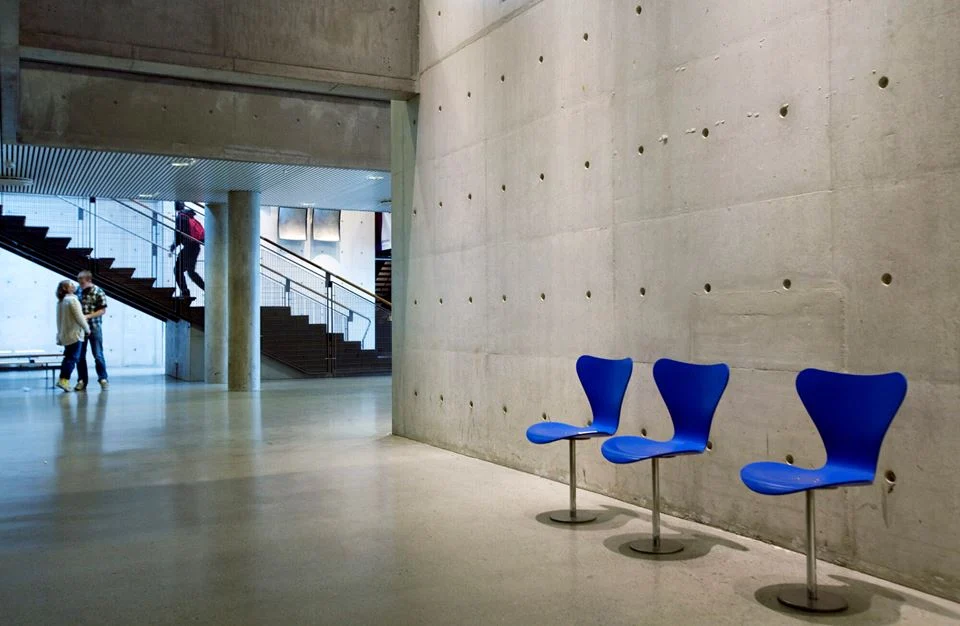Researchers recently created everlasting concrete, which requires no maintenance and produces 80% less CO2 than conventional products. Its developers were given a research prize for their accomplishments.
 Concrete has revolutionized the approach to building, but current production accounts for as much as 8% of global CO2 emissions. Image Credit: Stock photo: Thor Nielsen
Concrete has revolutionized the approach to building, but current production accounts for as much as 8% of global CO2 emissions. Image Credit: Stock photo: Thor Nielsen
Sounding like a dream, research conducted by SINTEF researchers Harald Justnes and Tobias Danner has resulted in the invention of concrete materials with qualities that were thought impossible to achieve a few years ago.
The “Glue” is the Problem
When reinforced concrete was presented as a building material at the end of the 19th century, it seized the globe by storm. It supplied a low-cost material that could be molded into practically any shape. Examples include the Holmenkollen ski jumping arena in Oslo, Norway, and the Sydney Opera House.
Furthermore, concrete has a long lifespan and is affordable to maintain.
The cement component that acts as the “glue” in concrete, on the other hand, cannot be created without releasing enormous amounts of CO2. Thus, cement production contributes to 8% of global anthropogenic CO2 emissions.
This indicates that concrete buildings have a significant negative climate footprint even before they are built and operational. However, the new technology that is presently receiving attention is one of the tools that can be utilized to lessen carbon footprint.
Large-Scale Reduction of Concrete’s Climate Footprint
The SINTEF scientists’ research breakthrough has two main aspects:
- They have established an opportunity to significantly reduce the negative climatic footprint of concrete materials, first and foremost by showing that some of the cement in concrete can be substituted with burnt blue clay—a material abundant as a natural resource. Danner earned his doctorate in the application of burnt clays under the supervision of Justnes.
- Researchers also demonstrated that standard steel reinforcement could be substituted by aluminum when burnt clay is utilized to replace at least half of the cement content of the concrete. The clay imparts an acidity level on the concrete that the aluminum can endure. This means an end to the corrosion problems that have necessitated preventive maintenance for as long as concrete has been reinforced with steel.
Less Energy Consumption and Fewer Materials
No time has been wasted in applying this ground-breaking technology in Norway. A road bridge across the Grødøla River in Sunndal, and the entrance area of a boat heritage museum (Geitbåtmuseet) in Heim, Trøndelag, have utilized this material.
The technology will now be used to build a concrete stairway from Abels gate to the Chemistry faculty buildings at NTNU in Trondheim as part of the “Campus” development project.
According to the researchers, it is too early to say how many distinct kinds of constructions can be made using the new concrete. They do, however, feel they will have an answer to this question after “some conversations with the constructors.”
The prize winners also claim that the new method can lower CO2 emissions associated with a specific concrete structure by up to 80% over its lifetime.
Such emission reductions can be accomplished in a variety of ways, including:
- Minimizing the use of cement.
- Burning the clay at lower temperatures than are required in standard cement manufacturing for the calcination of limestone. So much lower, in theory, that the heat used might be generated by biofuel combustion.
- Decreasing materials consumption since the use of aluminum as reinforcement lowers the need for cover.
- Decreasing energy consumption in the manufacture of reinforcement as recycled aluminum can be utilized.
- Increasing the lifetime of constructions and minimizing their need for maintenance.
Grateful to Partners
SINTEF’s “Prize for Research Excellence” was awarded to the two researchers on Wednesday, May 10th, 2023, for their contribution.
Both prize winners highlight the importance of close collaboration with a wide range of industry partners in their achievement, and they are thankful for their partners’ efforts. Researchers also thank the Research Council of Norway for its extremely valuable financial assistance.